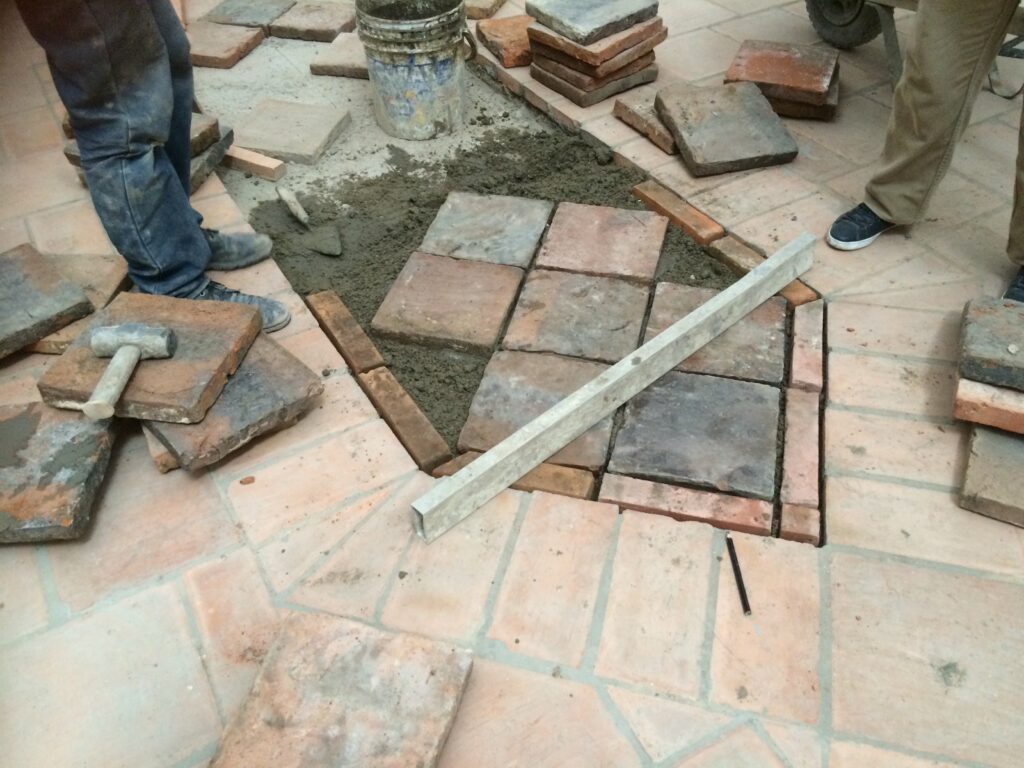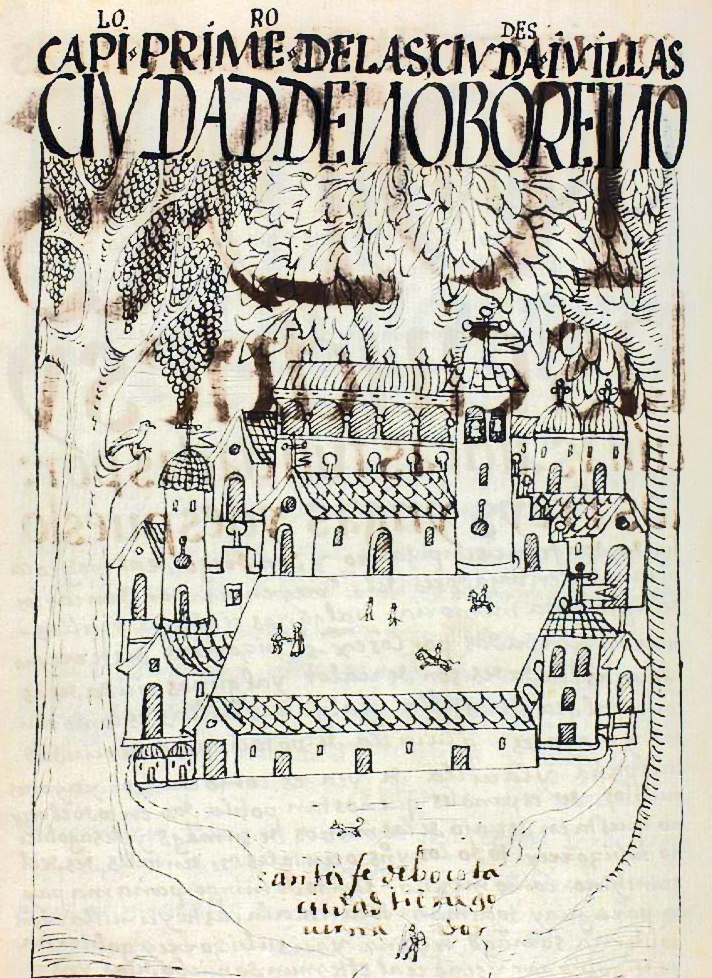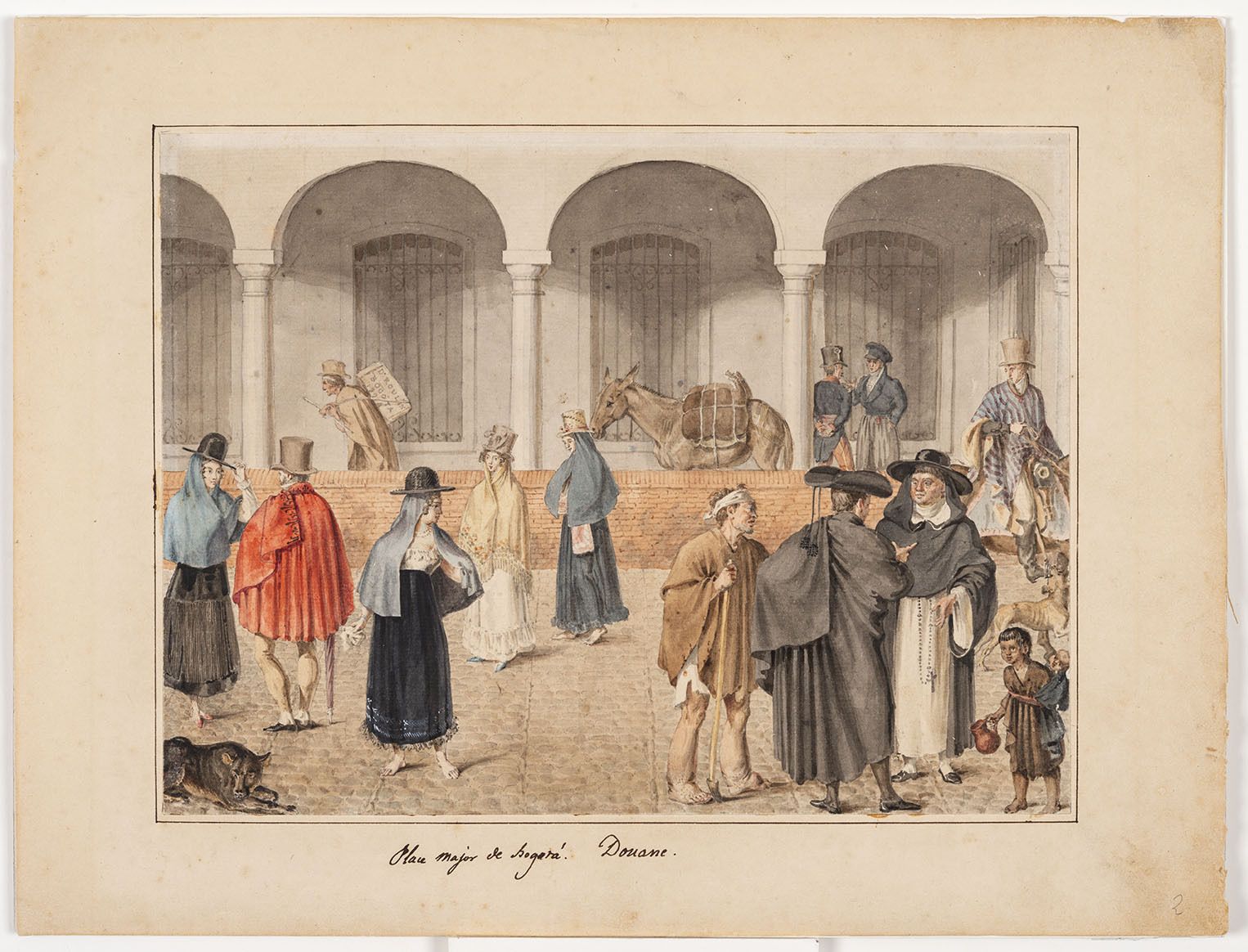Present Day
Hoy día
After its initial expulsion from the Spanish Indies in 1767, the Society of Jesus was only given permission to return to what is now Colombia in 1844. However, the social and political instability of the new republic caused recurring tensions between the national government and the Jesuits, resulting in two new expulsions of the order from the country, specifically in 1850 and 1861. The Jesuit community would eventually be reinstalled in Colombia in 1884, but would have to wait until 1891 to regain possession of its mother church in Bogotá.
San Ignacio went through a number of poorly documented interventions during the early to mid-20th century, which seem to have largely respected its original architectural and artistic values. Consequently, in 1975, the Colombian government officially granted a legal protection status to the building, now officially recognized as a national monument of public interest.
By the turn of the 21st century, however, serious faults were noticed in the structure of the building. In order to be saved, the church underwent a thorough process of restoration, co-funded by the Society of Jesus, the Ministry of Culture of Colombia, and the World Monument Fund, among others. These restoration works started in 2003 and continued for close to 15 years, remaining the longest and costliest architectural conservation project to have been carried out in Colombia to this day.
Today, the church of San Ignacio has recovered its original splendor, as well as a central place in the cultural and spiritual life of Bogotá. It stands proudly at the heart not only of the Jesuit block, as it was conceived by the first members of the Society of Jesus to settle in colonial Santafé, but also of a new inter-institutional initiative linking its original vocation to the educational mission of both the Colegio Mayor de San Bartolomé and the Museo Colonial in Bogotá. Last but not least, San Ignacio is now also celebrated as an exceptional archaeological site, having made a major contribution to the development of historical and urban archaeology in Colombia and Latin American at large.
Title Image: The main altar and central nave of the San Ignacio church after renovations.
________________________________________________________
Tras la expulsión de 1767, la Compañía de Jesús sólo obtuvo permiso para regresar al territorio de lo que hoy es Colombia en el año de 1844. Sin embargo, la inestabilidad social y política de la nueva república provocó tensiones recurrentes entre el gobierno nacional y los jesuitas, lo que dio lugar a dos nuevas expulsiones de la orden, en 1850 y 1861 respectivamente. La comunidad jesuita se reinstala definitivamente en Colombia en 1884, pero tendría que esperar hasta 1891 para recuperar la posesión de su iglesia matriz en Bogotá.
San Ignacio sufrió varias intervenciones menores entre principios y mediados del siglo XX, que, aunque pobremente documentadas, parecen haber respetado en gran medida sus valores arquitectónicos y artísticos originales. En consecuencia, en 1975, el gobierno colombiano concedió oficialmente al edificio el estatus legal de monumento nacional, que hoy en día le brinda una protección especial bajo la figura de Bien de Interés Cultural.

Tablones de un piso antiguo que fue expuesto durante las excavaciones arqueológicas fueron incorporados en un diseño del piso moderno a lo largo del pasillo central de la nave de la iglesia.
Para principios del siglo XXI, se observan graves deficiencias en la estructura del edificio que comprometían seriamente su estabilidad. Por ello, la iglesia de San Ignacio fue sometida a un minucioso proceso de restauración, cofinanciado por la Compañía de Jesús, el Ministerio de Cultura de Colombia y el World Monument Fund, entre otros. Este proyecto, iniciado en 2003, se extendió por casi 15 años y sigue constituyendo el proyecto de restauración arquitectónica más largo y costoso que haya sido realizado en Colombia.
La iglesia de San Ignacio ha recuperado hoy su esplendor original, así como un lugar central en la vida cultural y espiritual de Bogotá. Se erige orgullosa no sólo en el corazón de la manzana jesuítica, tal como fue concebida por los primeros miembros de la Compañía de Jesús que se asentaron en la Santafé colonial, sino también como parte de una nueva iniciativa interinstitucional que vincula su vocación original con la misión educativa tanto del Colegio Mayor de San Bartolomé como del Museo Colonial de Bogotá. Por último, pero no por ello menos importante, la iglesia de San Ignacio también se reconoce ahora como un sitio arqueológico excepcional, que ha contribuido de manera importante al desarrollo de la arqueología histórica y urbana en Colombia y América Latina en general.
Imagen de título: Altar mayor y nave central de San Ignacio después de la restauración.

